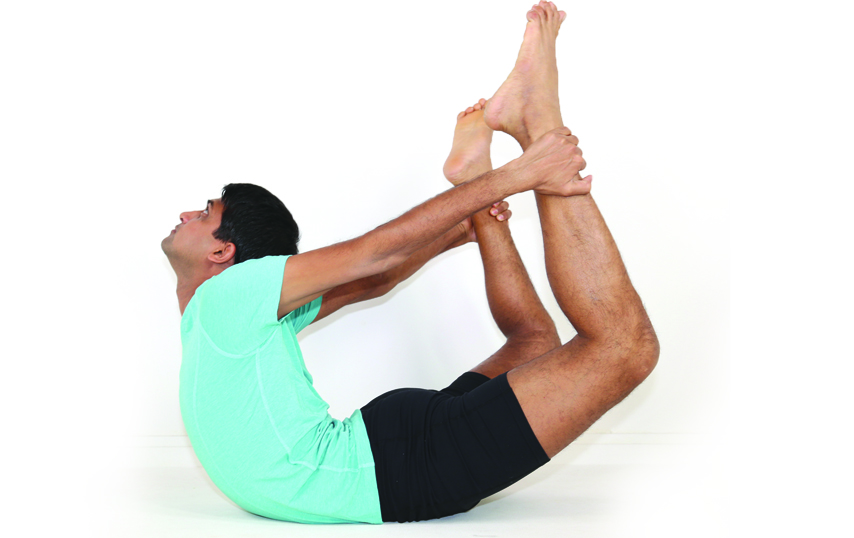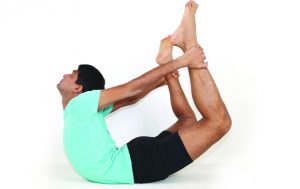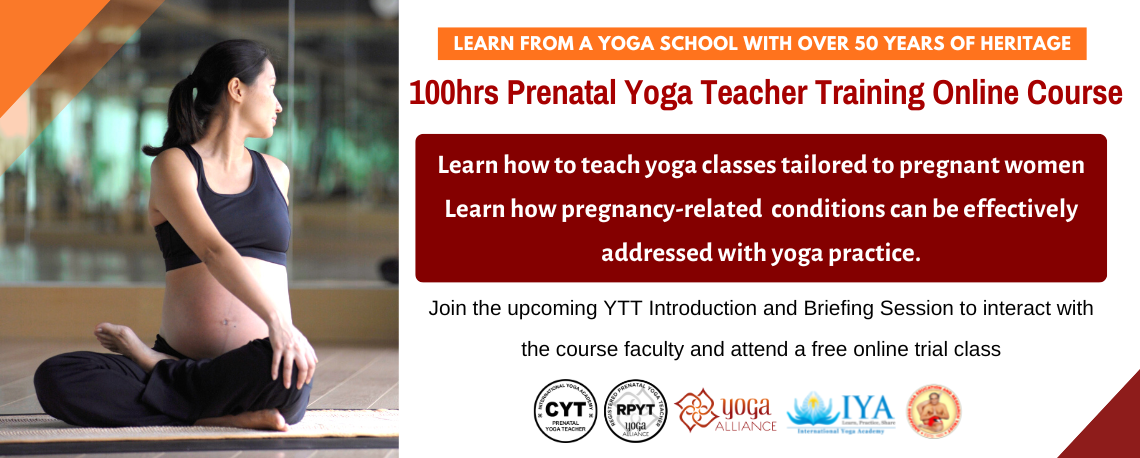Everyone’s body needs cholesterol, but too much can spell trouble for some. Cholesterol is both our friend and foe.
Cholesterol is found in foods delivered from animal products like meat, cheese, poultry or fish. Bacon, burger, fries – fatty foods, which some find delicious, are all high in cholesterol.
Introduction
Lipids are fats that are found throughout the body. Common types of lipids are cholesterol and triglyceride. Cholesterol is found in every cell of the body and has important natural functions. It is manufactured by the body but can also be taken in from food. Our body uses triglycerides for energy. Triglycerides in our blood come from our food and our liver. Foods high in triglycerides include fatty foods, refined carbohydrates, foods high in simple sugars, and alcohol.
Cholesterol is waxy and fat-like in appearance. It is found in foods from animal sources. This means that eggs, meats, and whole-fat dairy products, including milk, cheese, and ice cream, are loaded with cholesterol; and vegetables, fruits, and grains contain none.
Our body needs some cholesterol to function properly. But the body only needs a limited amount of cholesterol. When there’s too much, health problems, such as heart disease, may develop.
Our skin uses sunlight and cholesterol to make Vitamin D. Certain glands, such as testicles in men and the adrenal glands use cholesterol to make important chemicals called hormones.
Our liver uses cholesterol to make bile acids, which helps to digest the fat in the food we eat.
1 Lie down on the stomach with arms on the sides of the body.
2 Bend the knees, stretch the arms back and hold either the ankles or shins firmly.
3 Inhale, raise your head, chest up. Exhale, pull the legs and thighs up.
4 Contract the buttocks and lift the legs and trunk higher without straining. Move the
body weight forward onto the abdomen and extend the front of the body up.
5 Either look up without straining the back of the neck or look forward.
6 Stay for five breaths or 20-30 seconds, breathing evenly. Exhale, release the legs and come down.
Benefits: This pose stretches the spine back, makes the body elastic and tones the abdominal muscles.
Parsva Dhanurasana (Sideways Bow)
1 Perform dhanurasana and stay in the pose for a couple of breaths.
2 Exhale, roll over and gaze to the left side.
3 Inhale, raise the body upwards and roll over to the other side, gazing to the right.
4 Stay on either side for about 5 seconds and repeat the cycle for about five times on both sides. Press the abdominals against the mat.
Benefits: Rolling sideways massages the abdominal organs and reduces the side waist.
…more
To read the full article please download our Asana Journal App or purchase Issue 145 Jan 2015.





















 Other
Other